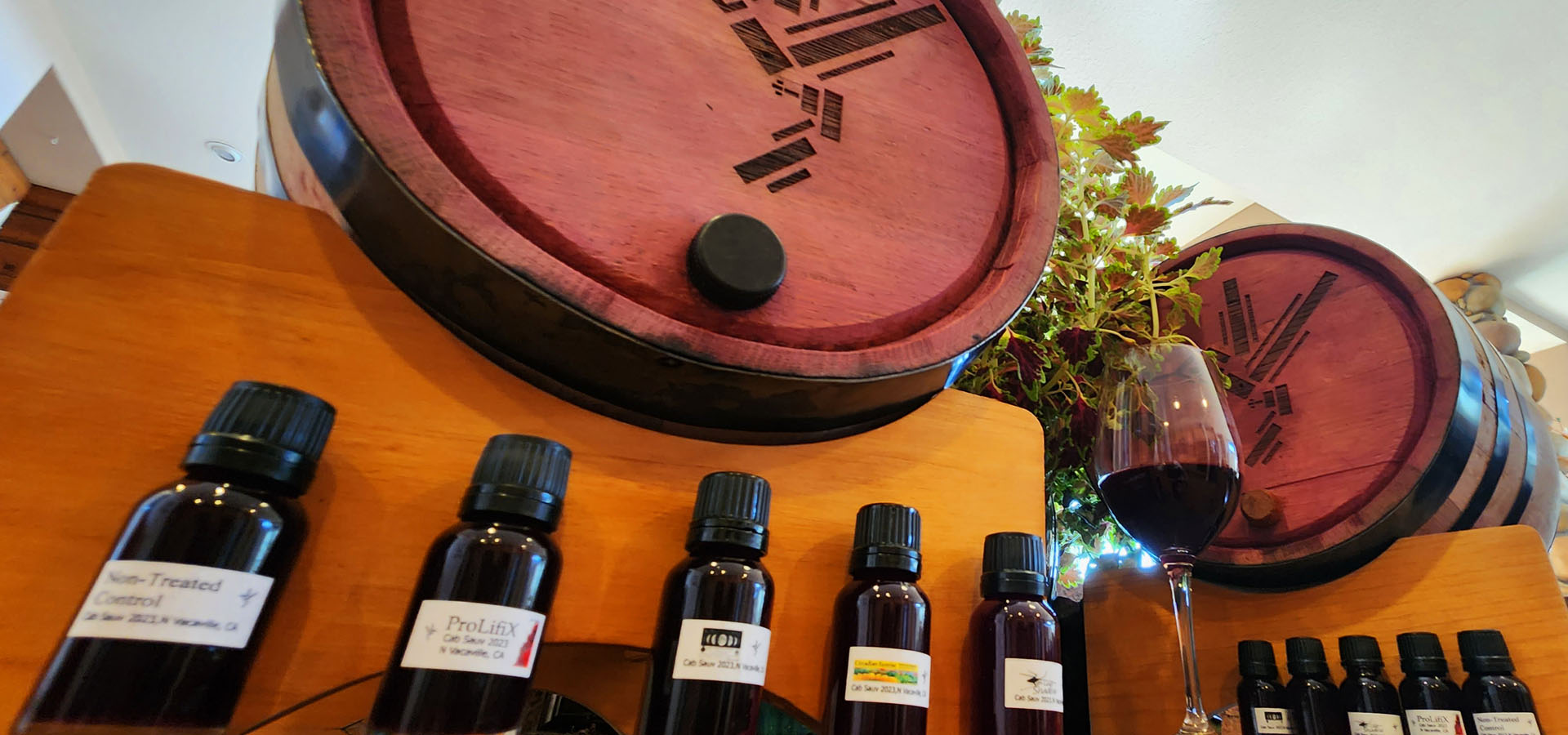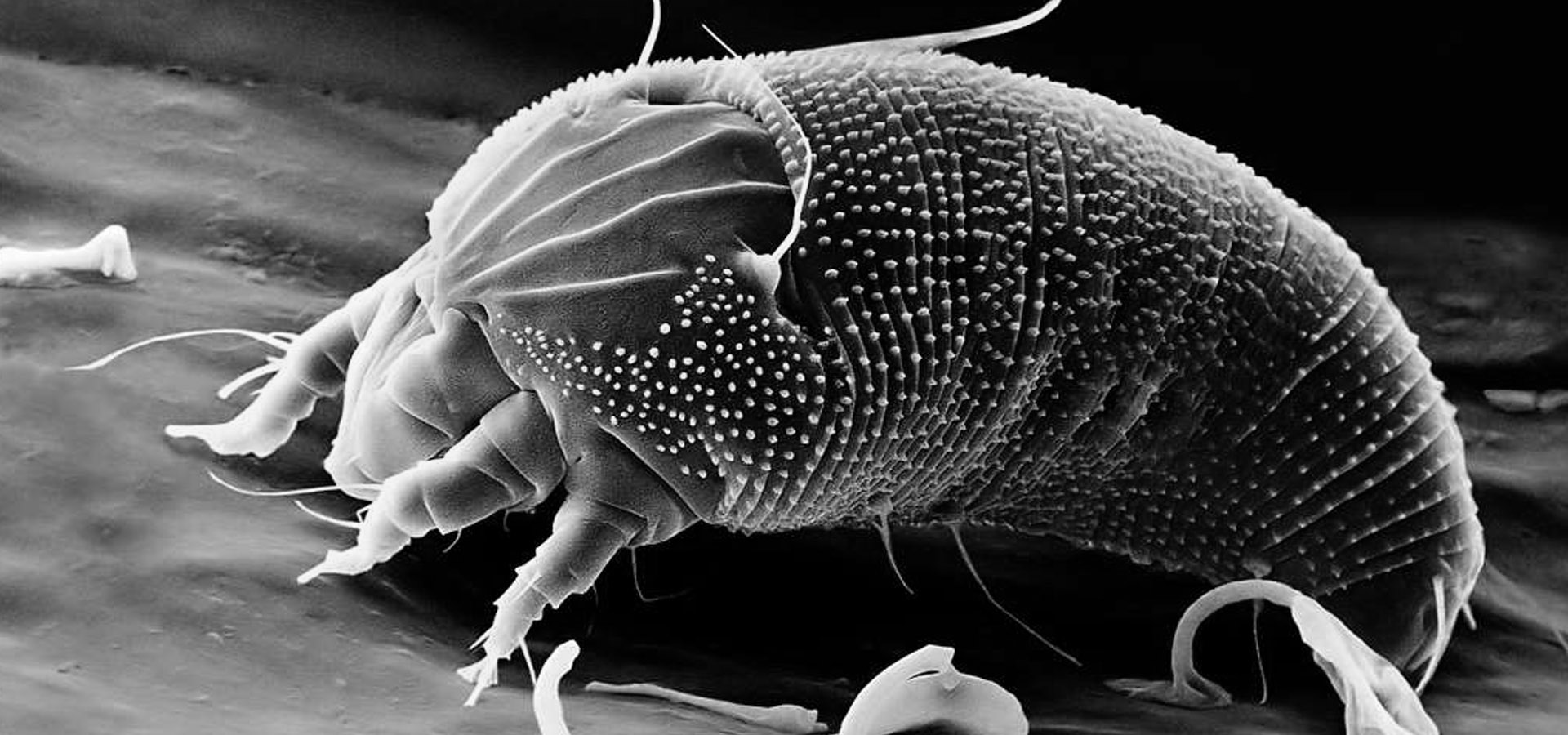Over recent years two similar farming movements have gained traction, sustainable agriculture and regenerative agriculture. Both promote farming practices to preserve the environment without degradation for future generations. Sustainable agriculture also focuses on economic profitability, and social and economic equity. While both movements seek to preserve the soil, regenerative agriculture has a greater focus on building the soil with biomass, largely from cover crops, to make the soil better than before the land was ever set to farming.
Making the land better—that’s a great concept, but don’t human activities generally screw up the environment, and not just with degradation of soil, but in polluting and depleting ground water and streams? While we humans may generally screw up the environment, we can actually make the environment better if we care to try.
In my opinion rejuvenating the water supply is as important as regenerating soils. And let’s clean up the air while we’re at it. Shouldn’t those issues be a component of all of these regenerative and sustainable movements? To a degree, regenerative and sustainable agriculture addresses these issues. Photosynthesis is a plant driven process that captures carbon dioxide from the air and incorporates that into the biomass of plants. Imagine if every farm could increase the carbon content of their soil by one ton per acre. That’s a lot of carbon dioxide removed from the air. It also makes the soil more productive by improving aeration, nutrient holding capacity, and water holding capacity. Cover crops are not the only way to build the soil. Bark from forest operations can be composted and added to soils, not only adding carbon, but beneficial microorganisms as well. And I’m all for sustainably and regeneratively managing our forests. Native Americans managed the forests and did so regeneratively for over ten thousand years. I’ll take a few one-hundred acre clear-cuts, where the harvest sequesters carbon in homes and furniture and flooring and books, over these million acre fire scars we’ve been getting from neglecting our forests. That neglect results in horrible soil erosion, loss of wildlife, damage to fisheries, and the returning carbon dioxide to the atmosphere. Yes, forests and even range lands should be managed regeneratively and sustainably. Now when you consider bulking up the carbon in our forests and range lands along with our acreage of farm lands, we can make real difference in improving the environment.
The focus of the sustainable agriculture movement on economic viability is imperative. Let’s face it, no one is going to adopt farming practices that don’t allow them to put a roof over their family’s head, clothes on their back, and food on the table.
What about the organic movement? Doesn’t that address all these issues? In a way, but it’s not really the focus and you can mismanage organic farming inputs and harm people and the environment. Take sulfur. It’s organic and it is used more than any other pesticide in agriculture. It’s used too much, and as a result data from California shows that it puts more farm workers in the Emergency Room every year than any other pesticide. Granted, these are generally fairly mild skin and eye irritation issues. More insidious and serious, in my estimation, is the effect on people’s lungs. Sulfur sublimates from a solid to sulfur dioxide gas. According to OSHA sulfur dioxide is one of the leading causes of occupational asthma. The EPA knows that sulfur dioxide is hazardous in enclosed spaces, which is why sulfur pesticides are not registered for indoor use. The hazard posed by sulfur dioxide is also why those sulfur burners that people hang in greenhouses are illegal and have been illegal for many years. But what about in field situations? Is sulfur dioxide an issue in outdoor agriculture? A study conducted by researchers from UC Berkeley (Elemental sulfur Use and Associations with Pediatric Lung Function and Respiratory Symptoms in an Agricultural Community (California, USA), Environ Health Perspect, 2017 Aug) found a direct correlation between sulfur use and reduced lung function of children living within one half mile of where the sulfur applications occur. No one has looked into a correlation of sulfur use and the lung function of farm workers.
Having been actively involved with agricultural safety and operations at UC Davis for twenty-seven years, the UC Berkeley study only confirmed my suspicions that sulfur was being used too much. I still used sulfur. Sulfur works well at preventing powdery and rust diseases and it’s cheap. In looking at viable replacements I found nothing. Pristine, from BASF, works very well at controlling powdery mildew and botrytis, but in grapes it is limited to three applications a year. From a regenerative and sustainable standpoint, you wouldn’t want to spray the product any more frequently, if at all, due to its persistence in the environment and potential to contaminate water sources. Stylet oil works pretty well, but it’s not compatible with sulfur, so you pretty much have to use one strategy or the other. It is also petroleum based, so breaks down slowly in the environment and with frequent use I’ve seen stunting. Neem oils are the same. Baking soda doesn’t work all that well and is hard on plants. Essential oils work very well, but are expensive and also hard on plants. I found nothing on the market that could serve as a suitable replacement to sulfur, so I invented the products that I wanted to see.
Circadian Sunrise combines raw, non-GMO, corn oil with mint oil. Anti-oxidants and the bio-stimulant triacontanol in raw corn oil are regenerative to plants and our own studies show treated plants actually grow better than non-treated. An independent field trial is presently underway to confirm the biostimulant effect. Circadian Sunrise may safely be used immediately before or after a sulfur application. You can’t do that with other horticultural oils. So, if weekly applications of sulfur were required on your farm, you could swap with Circadian Sunrise without any loss in efficacy. Circadian Sunrise also has strong activity for controlling mites and insects, and is a reasonable fungicide for controlling botrytis. Circadian Sunrise breaks down quickly in the environment, and the natural fatty acids in Circadian Sunrise are food for the environment. Still, essential oils and non-GMO corn oil are much more expensive than sulfur, so from a purely economical perspective Circadian Sunrise is not going to replace sulfur on farms.
All Phase is an economically viable alternative to sulfur. With All Phase we combine potassium sorbate (note that potassium is an essential plant nutrient) with the biostimulant and food additive, carrageenan. Aside from acting as a biostimulant to offset potential slowing of plant metabolism and growth, carrageenan acts as a humectant, reducing leaf drip and increasing the drying time of the spray application. Carrageenan also dries to an invisible film infused with potassium sorbate. Potassium sorbate is a chemistry found in mountain ash berries and has been safely used as a food preservative for over 80 years. In a 2019 field trial conducted by UC Davis’s Plant Pathology Department, weekly applications of All Phase provided good results without the addition of any surfactant or alternating with other products. In a 2021 field trial conducted by the Cal Poly Strawberry Center, nothing, including hard chemistries, had a lower severity of powdery than All Phase combined with a wetting agent. This was at an ultra-high rate, though, as we were testing the extremes for phytotoxicity. We found no stunting, but some speckling of leaves at this high rate. In a 2022 field trial conducted by the Cal Poly Strawberry Center we had the second lowest mean severity of powdery mildew of any product tested, lower than the disease severity of 5 lbs per acre of soluble sulfur sprays, and this at a rate of only 0.33 lbs per acre of All Phase. At that low rate, All Phase is cost competitive with sulfur. Growers can economically reduce the number of sulfur applications. Reducing sulfur applications is regenerative for the air we and our employees and neighbors breathe. Thus, All Phase is regenerative to the air by reducing sulfur applications along with being regenerative to the soil by providing potassium and carbon.
I believe sulfur is an effective pesticide and safe for the environment when used with less frequency than we see it being used today. I certainly believe that sulfur is far better for the environment than the long-lived chemistries you find in certain synthetic pesticides that are popular. Sulfur is also an essential plant nutrient and regenerative to the soil and plants when not overused. And we have products to help farmers economically reduce sulfur applications.





One thought on “Pesticides in the Spirit of Regenerative Agriculture”
Comments are closed.